Intelligent systems.
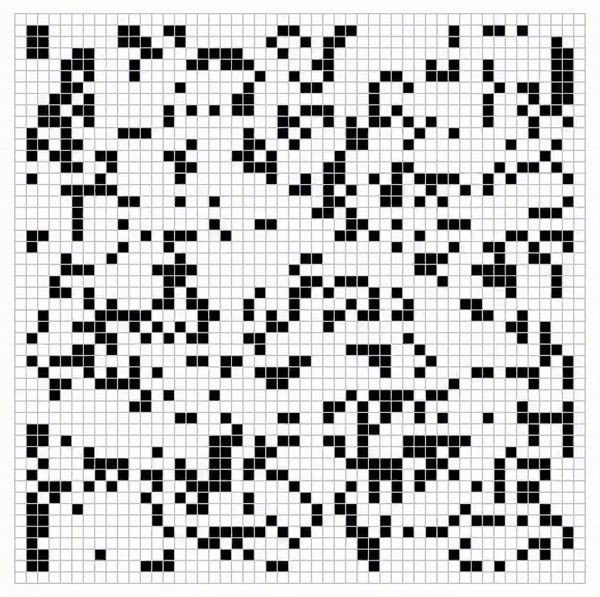

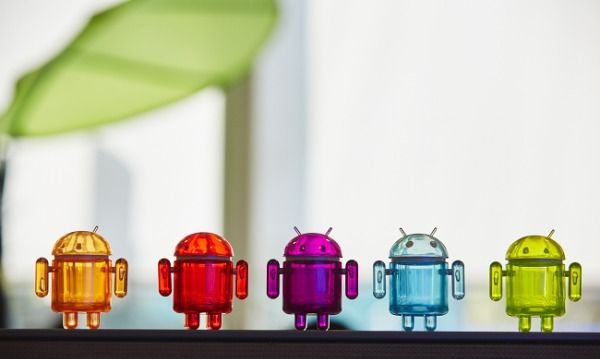
US Defence Advanced Research Projects Agency (DARPA) researchers released a custom version of Android designed to simplify inclusion of stringent safeguards by app developers, in a bid to address concerns around data privacy.
The open-source Privacy Enhancements for Android (PE for Android) platform was built by teams at Two Six Labs and Raytheon BBN Technologies as part of DARPA’s privacy-focused Brandeis programme.
Brandeis programme manager Joshua Baron told Mobile World Live the platform aims to address a knowledge gap among app developers, which researchers found often aren’t familiar with “the expected privacy disclosures or regulations that may guide their application’s use”.
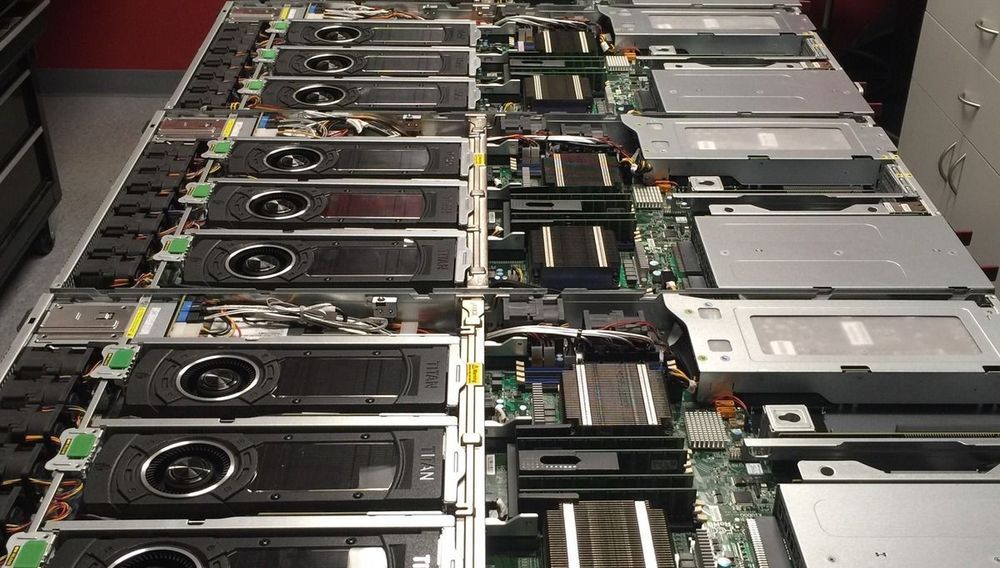
FastNICs seeks to improve network stack performance by 100x or more, and to accelerate distributed applications like training deep neural networks.

In the week of April 12–18, the top 10 search terms on Amazon.com were: toilet paper, face mask, hand sanitizer, paper towels, Lysol spray, Clorox wipes, mask, Lysol, masks for germ protection, and N95 mask. People weren’t just searching, they were buying too —and in bulk. The majority of people looking for masks ended up buying the new Amazon #1 Best Seller, “Face Mask, Pack of 50”.
When covid-19 hit, we started buying things we’d never bought before. The shift was sudden: the mainstays of Amazon’s top ten—phone cases, phone chargers, Lego—were knocked off the charts in just a few days. Nozzle, a London-based consultancy specializing in algorithmic advertising for Amazon sellers, captured the rapid change in this simple graph.
It took less than a week at the end of February for the top 10 Amazon search terms in multiple countries to fill up with products related to covid-19. You can track the spread of the pandemic by what we shopped for: the items peaked first in Italy, followed by Spain, France, Canada, and the US. The UK and Germany lag slightly behind. “It’s an incredible transition in the space of five days,” says Rael Cline, Nozzle’s CEO. The ripple effects have been seen across retail supply chains.

Deep reinforcement learning has trained AIs to beat humans at complex games like Go and StarCraft. Could it also do a better job at running the economy?
By
 Tony Webster / Flickr.
Tony Webster / Flickr.

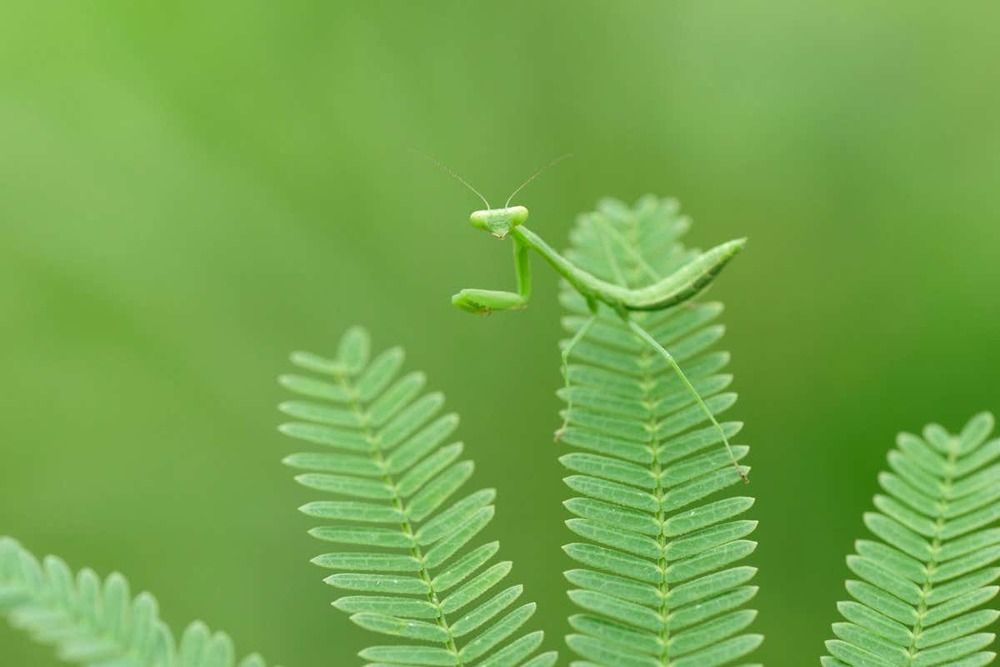
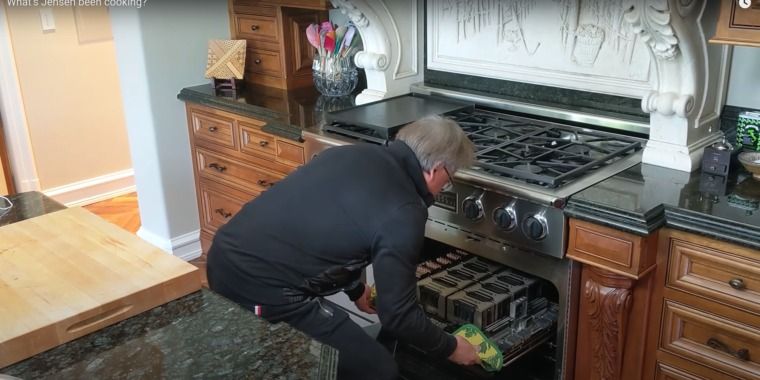
Judging by the heatsinks, that system could preheat Huang’s oven by itself.

Almost three months after arriving in Guam, a pair of MQ-4C Triton autonomous, unmanned aircraft have integrated into fleet operations and training flights and stretched the Navy’s maritime domain awareness across the Indo-Pacific, according to the Navy.
The Navy is counting on the Triton, which can operate at greater than 50,000-foot altitudes and at the 2,000-mile-plus range, to provide an unmanned platform for persistent, maritime intelligence, surveillance, and reconnaissance capabilities and work alongside its manned fleet of reconnaissance and surveillance patrol aircraft. The Tritons with Unmanned Patrol Squadron 19 – the Navy’s first unmanned aircraft squadron – arrived in Guam in late January to support CTF-72, which oversees the patrol, reconnaissance and surveillance force in the U.S. 7th Fleet region.
“Bringing Triton forward creates a complex problem set for our adversaries,” Cmdr. Michael Minervini, VUP-19’s commanding officer, said in a statement. “Our ability to provide persistent ISR to fleet and combatant commanders is unmatched in naval aviation.”
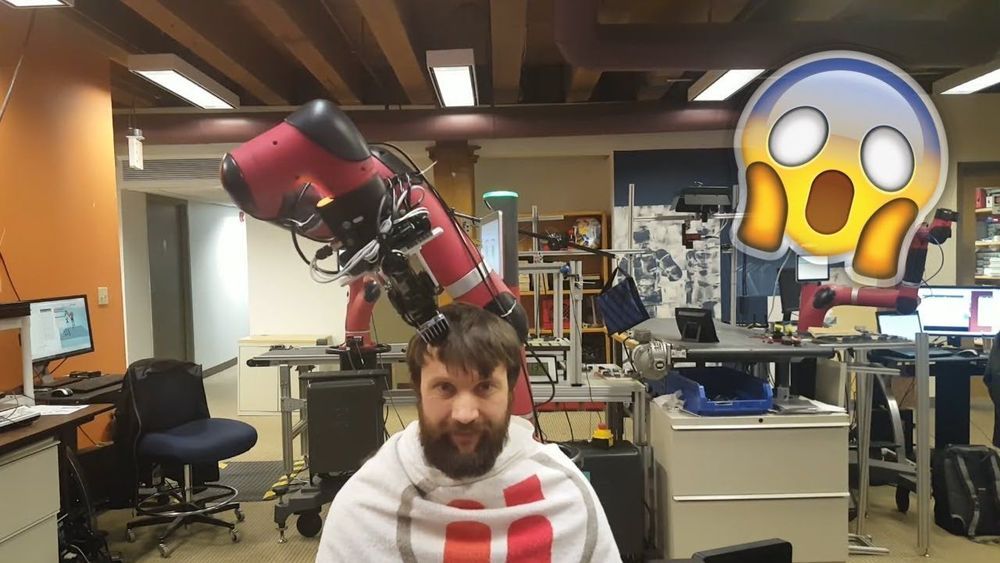
https://www.youtube.com/watch?v=eNyRM0c-btw&feature=youtu.be
:3 circa 2019.
Robot gives this man a haircut.👦
More info: https://www.rethinkrobotics.com/
Submit your video to get featured on our platform: Send an email to [email protected]
Follow Startup Selfie:
Website: https://startupselfie.net/
: https://www.facebook.com/StartupSelfieOfficial/
: https://twitter.com/StartupSelfieCo
Instagram: https://www.instagram.com/startupselfie_official/
Telegram: https://t.me/StartupSelfie